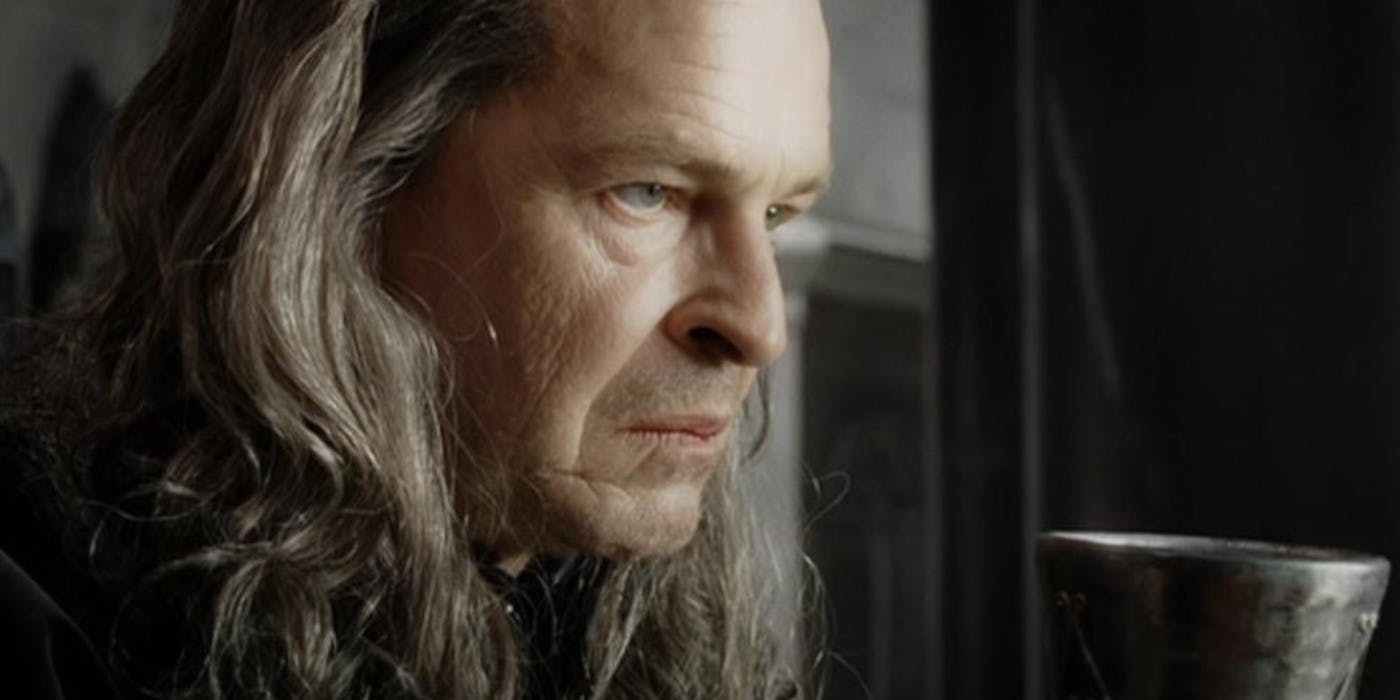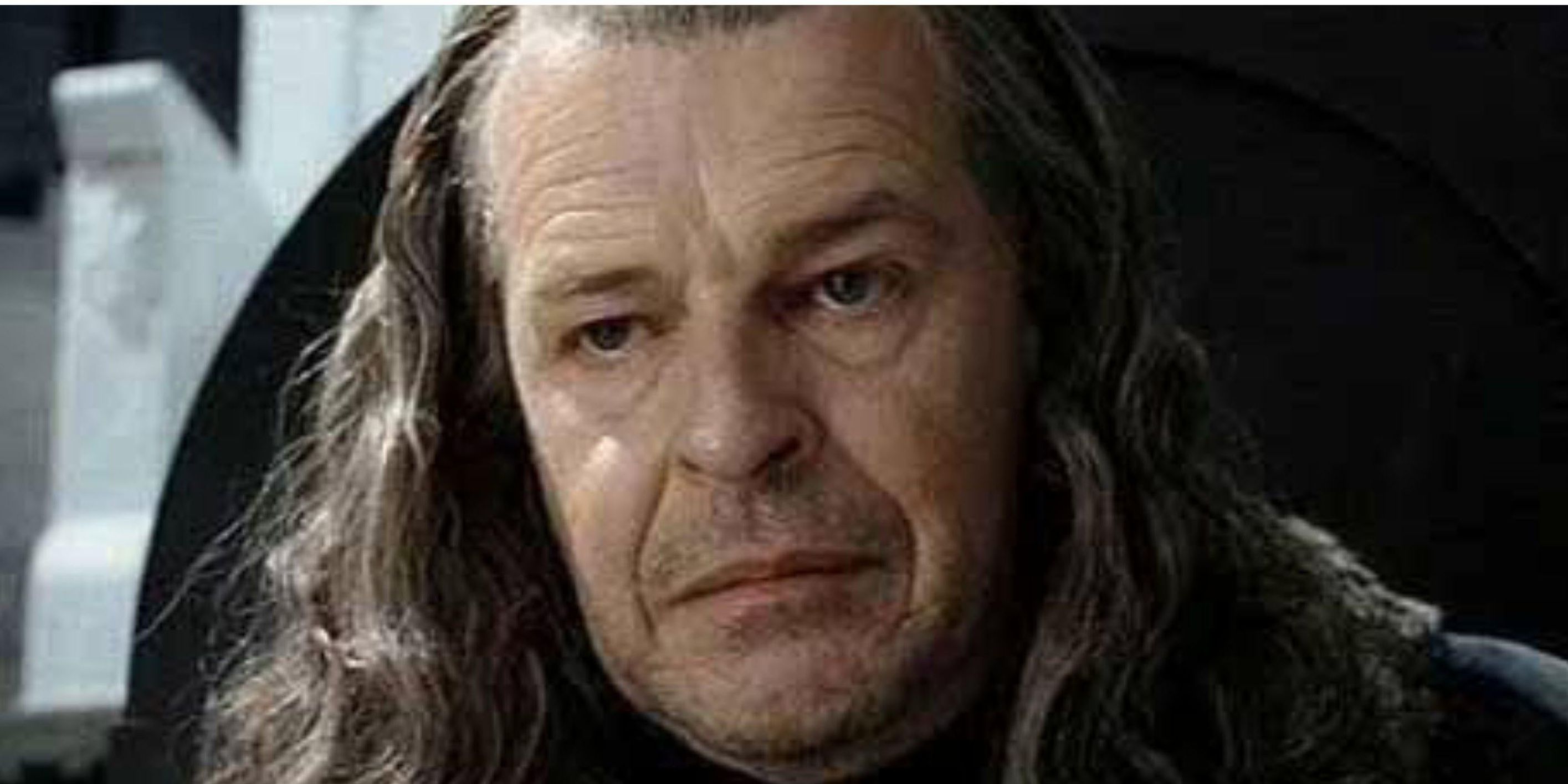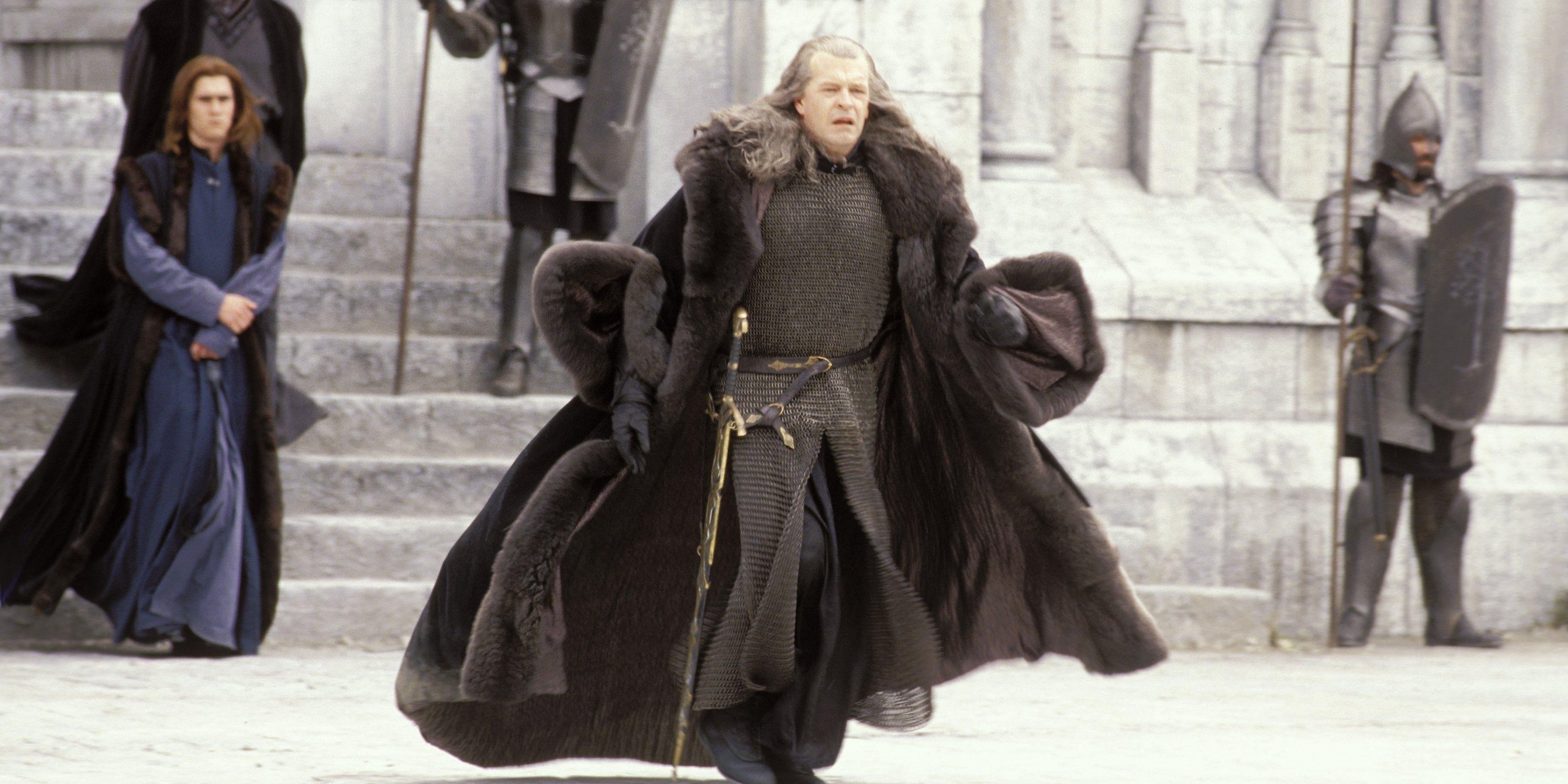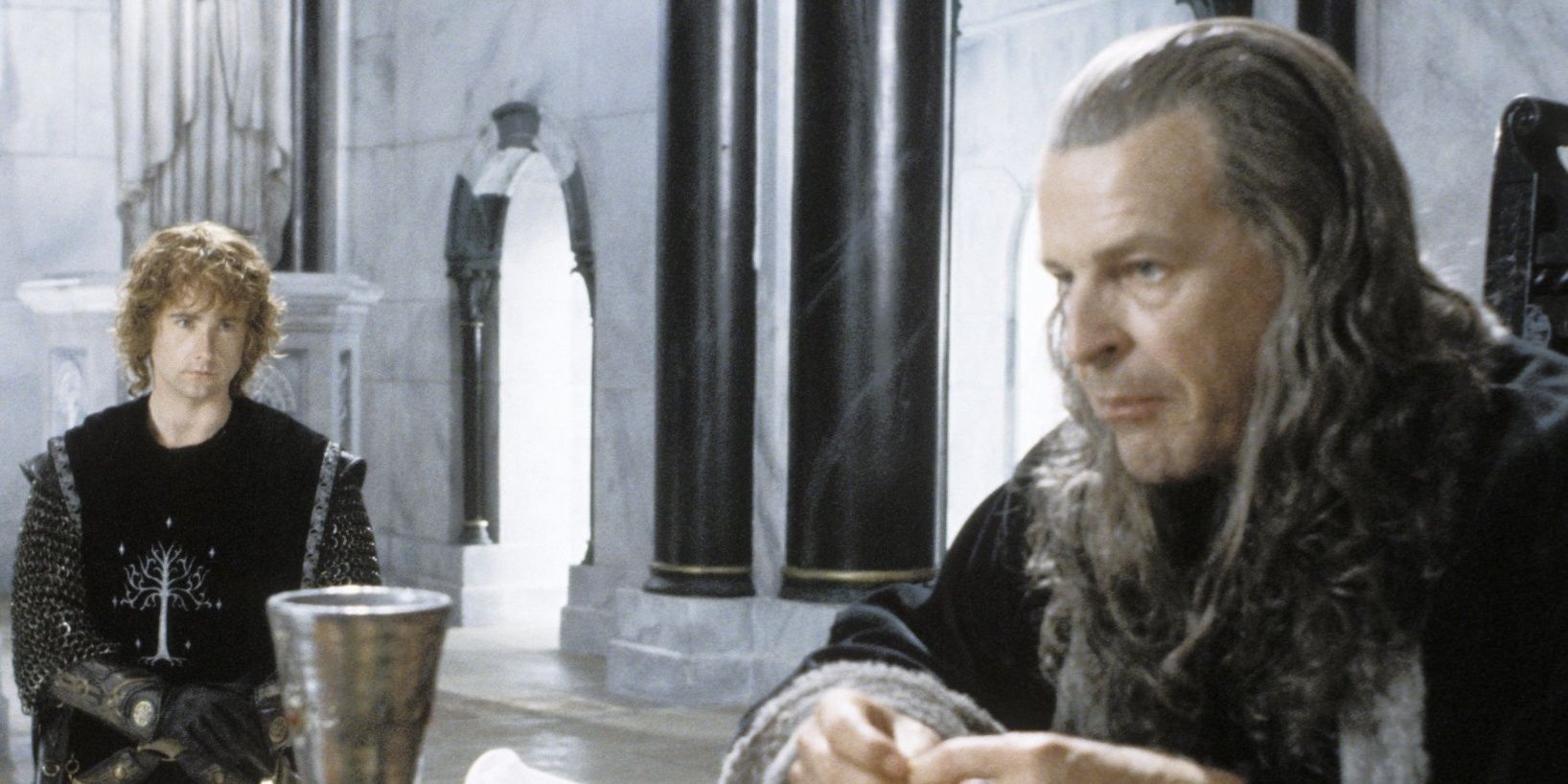When any tale that’s taken from a book series is translated into film, it is undoubtedly going to experience some changes to fit into 2-3 hours. While many fans of the Lord of the Rings series couldn’t help but notice how Peter Jackson changed Denethor’s character, many of the changes are justified by film structure. There are several fans of Tolkien’s world, including his son, Christopher Tolkien, that do not agree with many of the changes Peter Jackson made to the entirety of the LOTR story. This includes the way that many of the characters, like Denethor, are different in the films.
While it’s understandable that fans of Tolkien’s books may consider most of the story details essential enough to include in the films, sometimes it just comes down to there not being time for it all. Screenwriting follows a much more formulaic structure of writing than fiction and considers the tone, timing, and characters with specific requirements to create a successful film.
On that point, it’s important to note that Tolkien was a linguist before a writer and, as a result, put so many layers of detail into the world that it would never be possible to capture them all in a few movies. He created whole worlds, including which people lived in each region, and the many languages that those people spoke (which he also created himself).
How Did Tolkien Write Denethor?
In Tolkien’s telling, Denethor struggles with power and it drains him, so far that he commits suicide. Along with Aragorn and Theoden, he makes up the triad of kings that Tolkien examines to represent the types of rulers and how they handle power. Denethor was a strong and observant ruler but was also arrogant and proud, which clouded his view of the world and of others, making his greatest value his bloodline. It’s the loss of his children that really pushes him to the point of madness. Because of this, some fans of the series have noted how similar Denethor is to Shakespeare’s King Lear.
By Tolkien’s account, though his power was slowly corrupted, he never lost complete control over his will, as Sauron was never completely able to manipulate him. He was able to use his power to intervene in Sauron’s work momentarily, which is probably what aged him so quickly. His son, Boromir’s death only enhances his degradation and he’s pushed to his snapping point when his remaining son, Faramir, is badly wounded.
While Tolkien saw Denethor as more of a proud and steady man with a clear mind, he did also want to illustrate how power and the downsides that come with it, ended up being too much for him despite that. Peter Jackson’s adaptation of Denethor may not have illustrated all of the positive qualities of the character that Tolkien captures in the books but given the time that he has to capture the downfall of the character, his adjustments seem to do the trick.
Denethor's Changes For The Movies
Looking at the differences in the movies, fans should first acknowledge that much of what is considered in adapting books to films is related to time and to relevancy. Anything that is not completely essential to the main storyline or to the overarching theme of the story, is likely to be cut from the movies. In relation, some character arcs and some scenes from the books are condensed or entirely omitted from the cinematic form to make sure the story fits into a few hours.
Jackson portrayed Denethor in a much more cowardly light than Tolkien did in the books. In the books, Denethor is a character that symbolizes the common theme of corruption by power in the Lord of the Rings trilogy. Though Peter Jackson did nod to the theme in his films, he made a few character and story adjustments to make the message apply better to the beats of a 3-hour long movie.
The amount of detail that Tolkien puts into his characters is very difficult to capture in 3 hours without a few dramatic changes for emphasis. Jackson knew that the subtler approach the books took to Denethor would not properly demonstrate his richness as a character in such a short period of time so the adjustments were necessary. Jackson also intended to use these changes in Denethor’s personality to create a greater contrast between him and some of the other characters, especially Theoden. Contrast is clearly intended to be seen between these two characters, which is evident even by the mirroring effect created by their names.
Denethor is a bad ruler that is corrupted by his power, but Theoden is a kinder ruler that uses his power to help others. By playing to more negative qualities in Denethor, the differences between the two characters are clearer to an audience that may not know much about the background of these characters. This also makes it easier for the audience to feel supportive of Aragorn later taking the throne, giving Aragorn’s character arc more shape, as it shows that Aragorn gets the throne because he deserves it.
Denethor's Demise: Why The Change Works
Considerably the biggest moment of difference in the films and books when discussing Denethor is how he meets his end. There are many fans of the world who are partial to how the book portrays his death, where he and his son are both put on the lit funeral pyre. Gandalf pulls Faramir off before Denethor goes up in flames, choosing his own death. The film, however, more clearly captures the involvement of the message of power and its importance to the character.
In the film, Gandalf knocks Denethor off of the pyre while Pippin helps Faramir. When Denethor grabs Pippin, Gandolf’s steed, Shadowfax, paws him back onto the pyre, freeing the hobbit. Right before Denethor catches fire, he locks eyes with his son who is clearly still alive and the audience sees the realization and regret in his face. As the recognition of his regrets sinks in, Denethor leaps from the pyre, and runs toward a ledge on Minas Tirith’s wall, and jumps to the ground, making his final resting place the land that he watched over. This gives the character a full and complete story arc.
Not only does the moment reveal something to Denethor’s character about himself, but it also creates a very visual, cinematic telling of the situation. Consequently, the other characters involved in this scene are also highlighted through the grandness of the moment. Gandalf displays his nobility, Pippin demonstrates his courage, and in a way, Faramir gets to say goodbye to his father.
While Peter Jackson’s cinematic telling of the Lord of the Rings tale may not have captured every layer, detail, and perception of the book, it did do justice to the story in this format. The way that Jackson altered Denethor’s personality, role, and ending contribute greatly to the success of the film’s pace and overall story. Some LOTR fans will always prefer the literary telling but those that can appreciate what the films bring to the story can enjoy the world from a different view.




